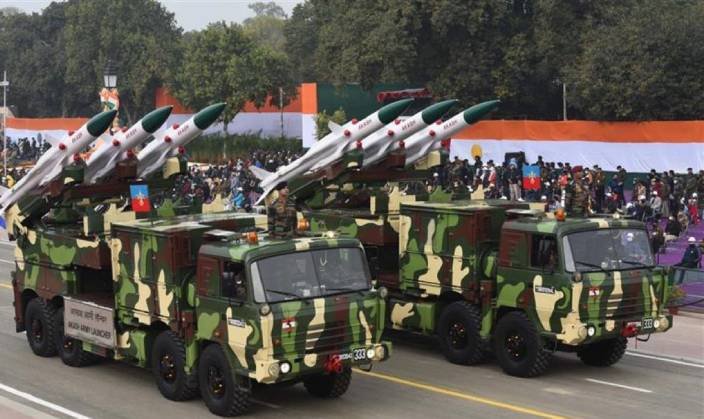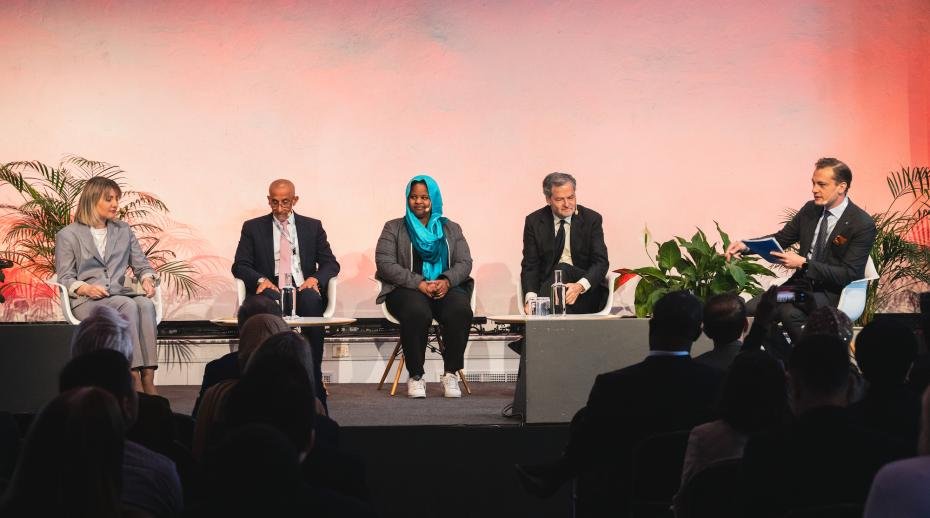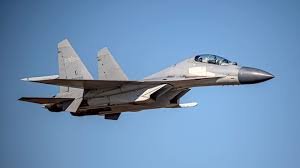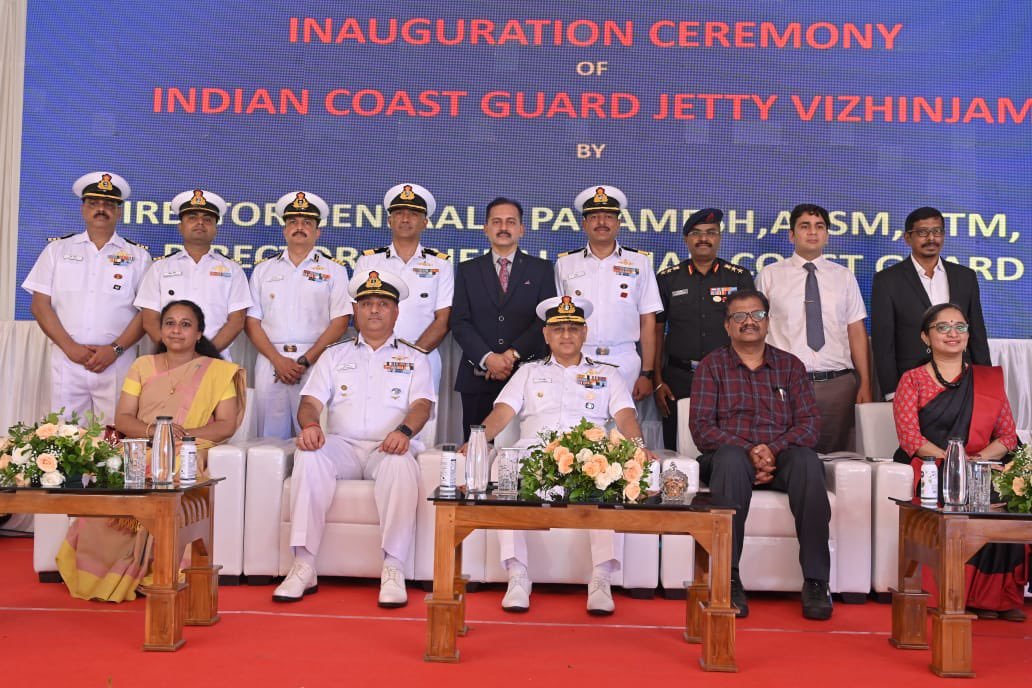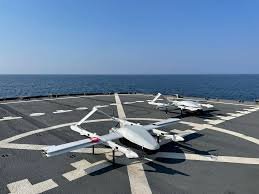From importer to exporter: India’s defence sector eyes $32 Trn economy by 2047
April 2, 2025 | Wednesday | News
The Defence Secretary stated that India has transitioned from being the top importer in 2015 to becoming one of the top 25 exporters today
Deliberating upon India’s Defence Vision, Defence Secretary Rajesh Kumar Singh said that it centres around Aatmanirbharta for preserving the strategic autonomy of the country. It is also critical in achieving the broader goal of Viksit Bharat, such as expanding our GDP from the current $4 Trillion to $32 Trillion by 2047, growing our manufacturing sector, enhancing India's start up culture and widening our industrial base, generating employment and also its spin-off benefits that come from dual use of technology. He was speaking at a defence conclave held in New Delhi.
Underlining that the entire process of indiginisation, of enhancing local industry, has had a significant impact over the last decade, the Defence Secretary stated that India has transitioned from being the top importer in 2015 to becoming one of the top 25 exporters today. Over 100 Indian companies are now exporting to 100-plus countries. The list of products includes missiles such as Brahmos,rocket launchers like Pinaka, simulators, armoured vehicles, the Dornier aircraft, different types of ships, offshore patrol vessels etc. The upsurge in exports can be gauged from the fact that our exports have grown 30 times in the last ten years to Rs 23,622 crores in the last financial year. Our defence industry today includes 16 Defence PSUs, 430 licensed companies and approximately 16000 MSMEs. Domestic defence sales also increased from Rs 43746 crores in 2014 to Rs 127000 crores in 2023-24, he said.
Rajesh Kumar Singh recalled that during the financial year 2024-25, the Ministry of Defence had completely utilised the defence modernisation budget for the first time in the past five years. More importantly, the Ministry has signed contracts worth a record of Rs 2 lakh crores during the last financial year, which is the highest ever achieved and double that of the figures for 2023-24. This will ensure that the process of modernisation of the armed forces keeps pace. It would also help the Ministry in demanding a higher share in the union budget, leading to a minimum defence to GDP ratio of 2.5 per cent in five years as a first step and thereafter up to 3 per cent in the medium term.
Regarding the procurement timelines, MoD has already, in the year of reforms, slashed the timelines for some of the processes in the procurement cycle, he said. This would save about 69 weeks overall, in the process timeline. The Defence Acquisition Procedure 2020, the voluminous document laying out the procurement process in detail, is being revisited to reflect the current realities. There is a need to shift away from the traditional nomination-based cost-plus procurement focused mostly on the public sector to a more competitive pricing model where both the public and private sectors can compete for orders. This approach is already being implemented for ship-building and recently for the AMCA project, he added.



